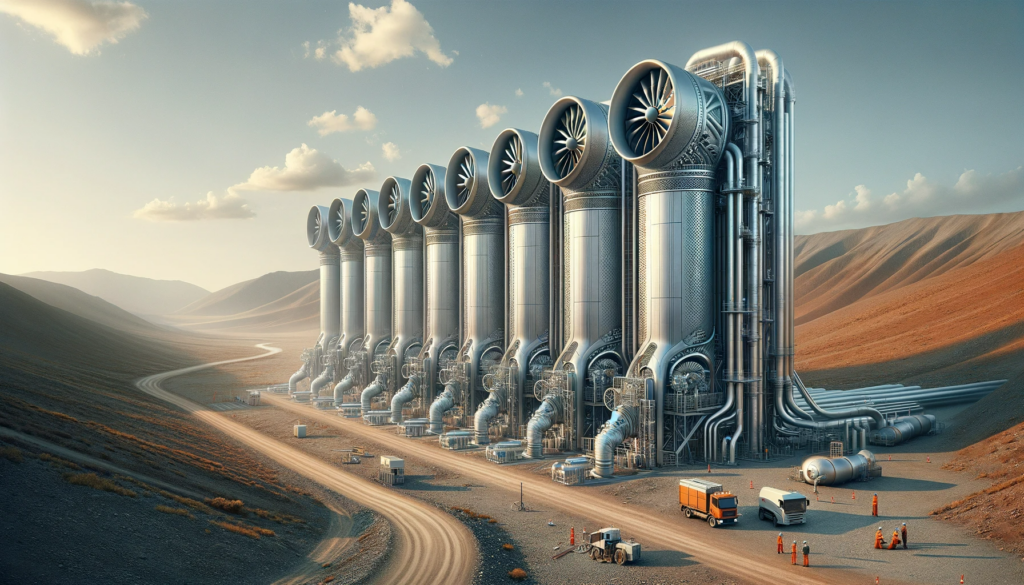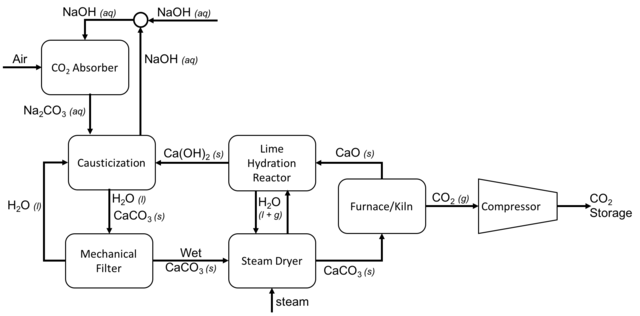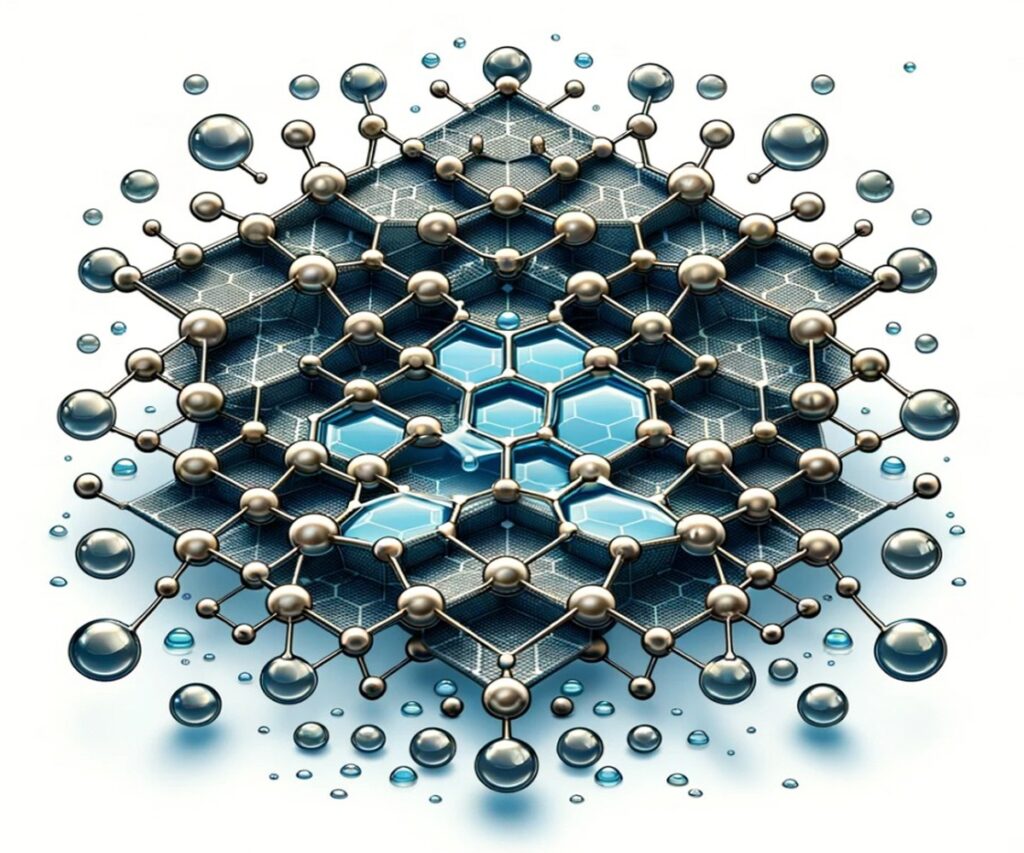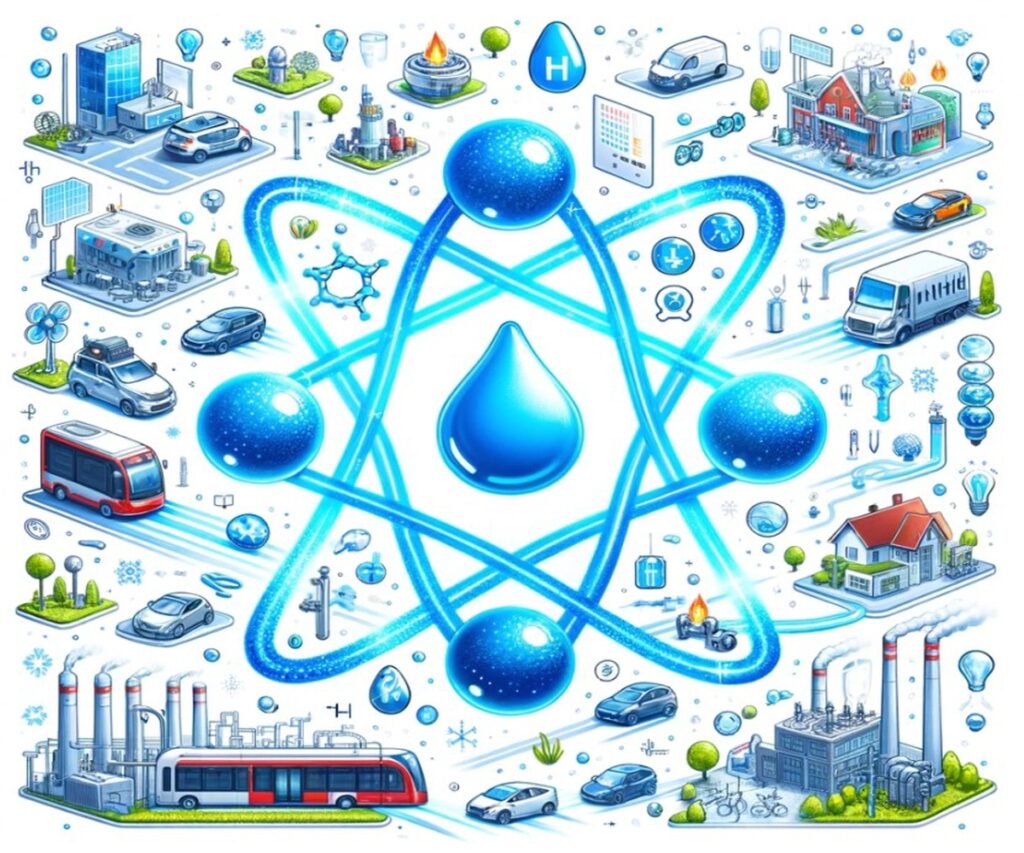Introduction: Direct Air Capture (DAC)
Direct Air Capture (DAC) of CO2 is a critical technology in the fight against climate change and achieving carbon neutrality and net-zero emissions. DAC is a technology that captures carbon dioxide (CO2) directly from the atmosphere. This process is vital for reducing the global concentration of CO2, a major contributor to climate change. DAC technology is unique because it can capture CO2 from non-localized sources, making it a flexible and essential tool in our efforts to mitigate climate change.

Recent studies highlight the rapid development in DAC technology, with many companies emerging in the last four years. These companies have made significant strides through pilot projects and commercial deployments, demonstrating the scalability of DAC systems. However, challenges remain, particularly in cost and energy efficiency. Integrating DAC with renewable energy sources and utilizing waste heat are potential solutions to improve energy efficiency. Additionally, the development of new adsorbents and electrochemical technologies could enhance capture efficiencies.

A Promising Path to Net-Zero Emissions
DAC is positioned as a key technology for achieving net-zero emissions. The flexibility of DAC systems allows them to be located near storage or utilization sites or in areas with abundant renewable energy. However, the high energy requirements for DAC systems are a significant bottleneck that needs addressing for widespread commercialization.
A study evaluates two variants of DAC – using liquid solvents (DAC-1) and solid sorbents (DAC-2). They found that the majority of emissions during the DAC lifecycle come from the operational phase, including CO2 capture, separation, and compression. The study emphasizes that DAC can be efficient in net CO2 removal if powered by renewable energy sources.
Recently, research into innovative shows the potential for direct air capture and conversion (DACC). Their methodology efficiently converts CO2 from air into cyclic carbonates, using basic ionic liquids and working under mild conditions. This approach highlights the potential for efficient valorization of captured CO2, overcoming some techno-economic limitations.
Many corporations, recognizing the urgency of climate change and the need for innovative solutions, have started investing heavily in DAC technology. Tech giants, energy companies, and various startups are either developing their own DAC solutions or funding promising projects. For instance, companies like Microsoft have made substantial commitments to carbon neutrality, with DAC being a key component of their strategy. Similarly, oil and gas companies, amidst growing pressure to reduce their carbon footprint, are exploring DAC as a way to offset emissions.
The influx of investments from both corporate entities and celebrities has accelerated the development of DAC technology. It has enabled research and development to move at a faster pace, reducing the time from laboratory to commercial deployment. Moreover, these investments have helped overcome some of the financial barriers associated with DAC, particularly in scaling up operations to make the technology more cost-effective and accessible.
Conclusion
Direct Air Capture is a promising technology for mitigating climate change and achieving carbon neutrality and net-zero emissions. While there are challenges in terms of cost and energy efficiency, ongoing research and development are paving the way for more efficient and scalable Direct Air Capture solutions.
Direct Air Capture involves the removal of carbon dioxide directly from the atmosphere, which can then be stored or utilized in various applications. This technology has the potential to complement other carbon capture and storage methods, and it is particularly valuable in addressing emissions from sectors where direct capture is not feasible.
However, Direct Air Capture technology still faces several challenges. The energy requirements for Direct Air Capture processes are significant, and the overall costs are currently higher than other carbon capture methods. Ongoing research is focused on improving the efficiency of Direct Air Capture systems, exploring alternative sorbents and processes, and reducing the associated energy demands.
As the world strives to achieve carbon neutrality and net-zero emissions, Direct Air Capture will play an increasingly important role. Direct Air Capture technology has the potential to complement other mitigation strategies, such as renewable energy deployment and energy efficiency measures, creating a comprehensive approach to addressing climate change.
For more details, you can refer to the following papers:
- From Lab to Fab: Development and Deployment of Direct Air Capture of CO2 by Vahid Barahimi, Monica Ho, and Eric Croiset. – https://www.mdpi.com/1996-1073/16/17/6385
- Emerging trends in direct air capture of CO2: a review of technology options targeting net-zero emissions by Yasser M. Abdullatif and colleagues. – https://pubs.rsc.org/en/content/articlelanding/2023/ra/d2ra07940b
- Direct Air Capture Technology: An Investigation of Net Carbon Impacts by Manander Singh and Ryan Sharston. https://www.acsa-arch.org/chapter/direct-air-capture-technology-an-investigation-of-net-carbon-impacts/
- International Energy Agency, https://www.iea.org
※ This report has been compiled for the purpose of providing general information. It is based on data gathered by CHEMiFORGE. Should you have any inquiries or need to make decisions based on this report, it is advisable to consult with a CHEMiFORGE.


